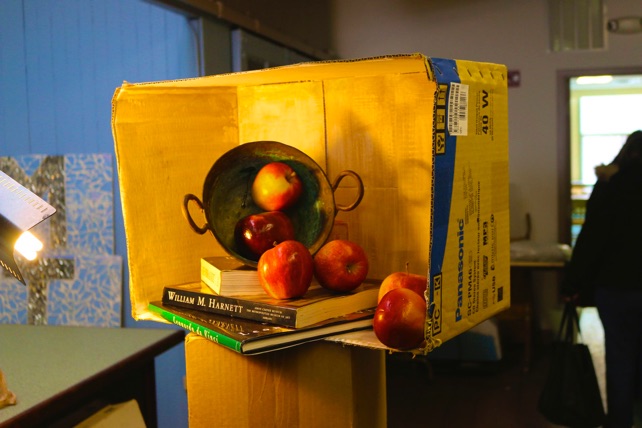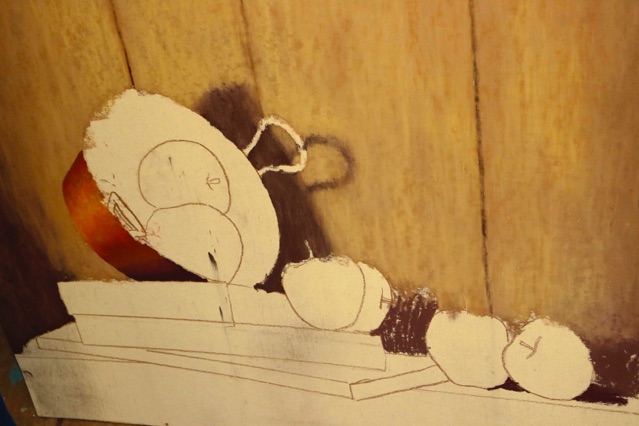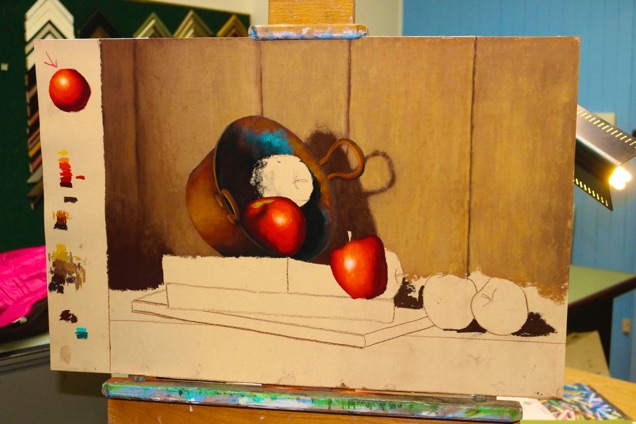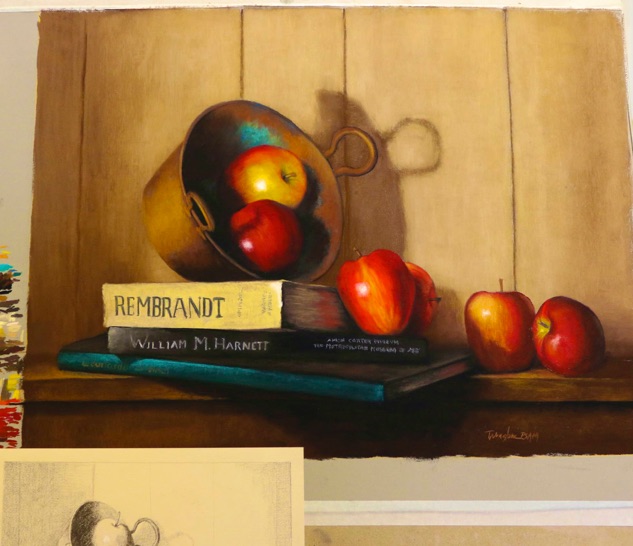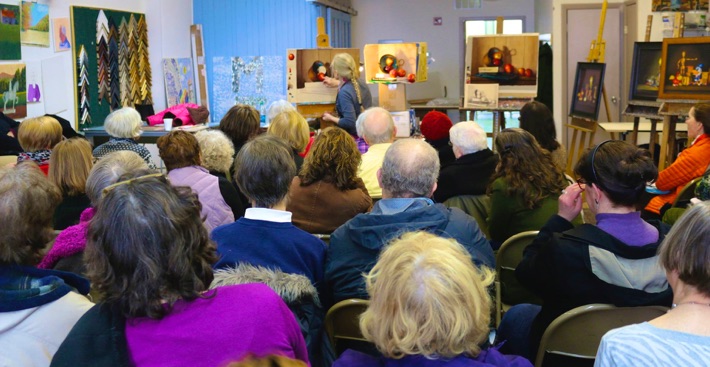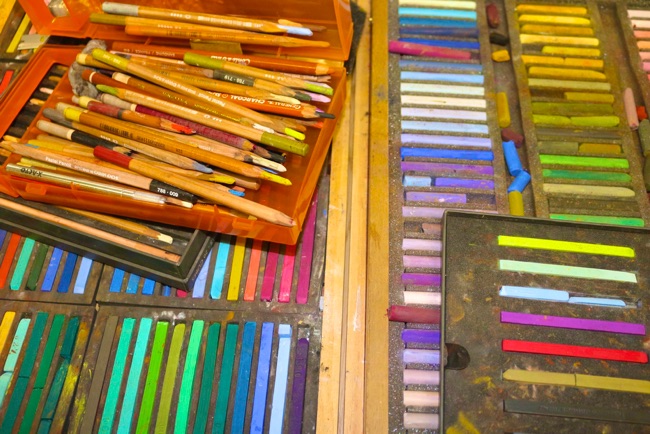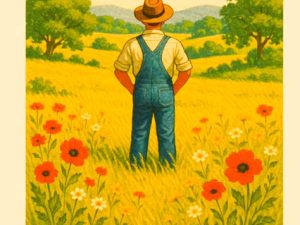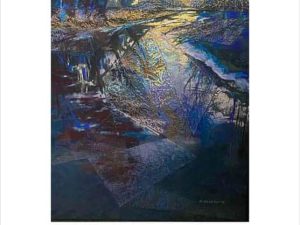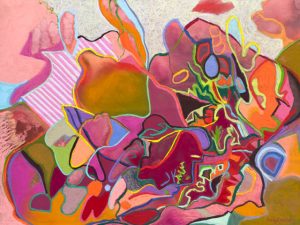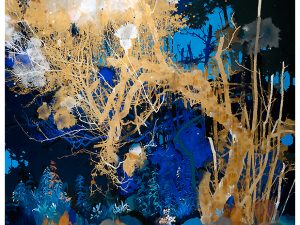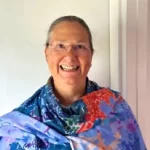
–
Today I went to a pastel demonstration done by Patricia Tribastone (see her website here). In this post you can see photos from the event, and here are the bits from my notes that I want to remember:
Do the background first.
Squint to tell if the values are the same.
Put down colors too brightly at first; you can always tone them down, but it is hard to later perk them up.
Texture draws the eye.
Light and shadow are the biggest deal there is.
Work from dark to light, not light to dark, because you don’t want it to look chalky.
Every color has cool or warmer choices. Ochre, for example, is a cooler yellow.
Don’t add white, because it makes it look chalky, and white is actually very cool.
Reflected light is always going to be warm.
Hierarchy of highlight: have the brightest highlight closest to your focal point.
The difference between temperature and value:
Temperature is cool in the background to warm in the foreground.
Values are dark in the background to lighter in the foreground.
Ask yourself:
• What was your intention in this painting? Did you succeed with your intention?
• Do my values work? Take a picture of your painting with your phone in black and white. Does it work?
• Is my drawing accurate? Look at it in a mirror and upside down.
• Are my colors working? What is the dominant color? What is my most intense color? What are my supporting colors?
Wipe pastels so they don’t cross contaminate with other colors.
Use Caran D’Ache pencils to blend in pastel. Sharpen them with extended lead tips with a razor blade.
Edges are important… Hard edges come forward. Soften edges in the background. Light will bend around an object so it will need a softer edge there.
Books she recommends:
• John F. Carlson’s book on landscape painting is a bible to landscape painters. It was published in 1927.
• The Simple Secret to Better Painting by Greg Albert: no two intervals are the same.
–
